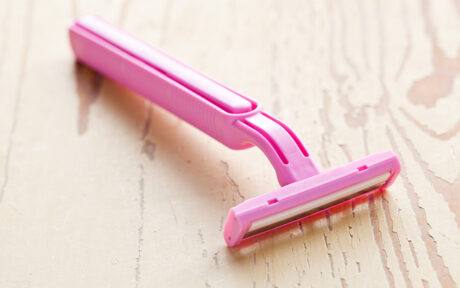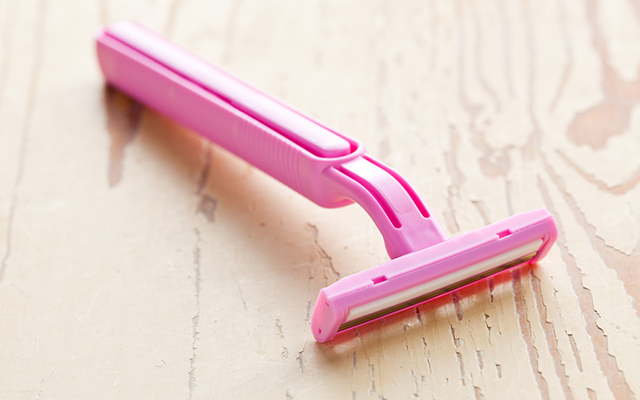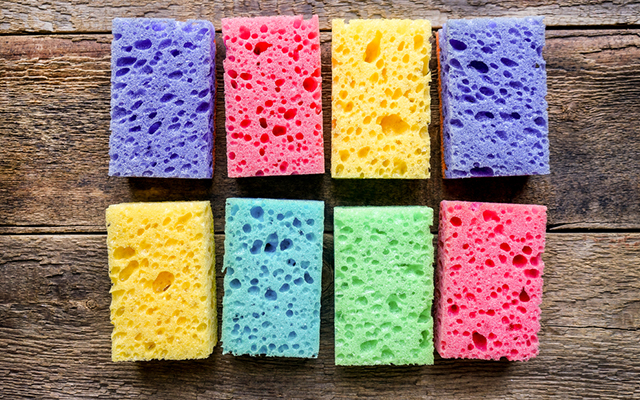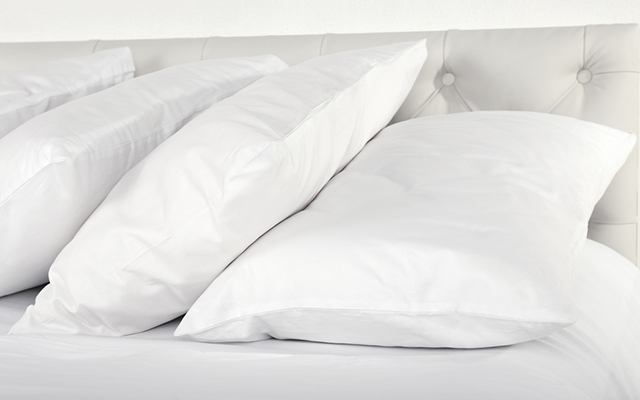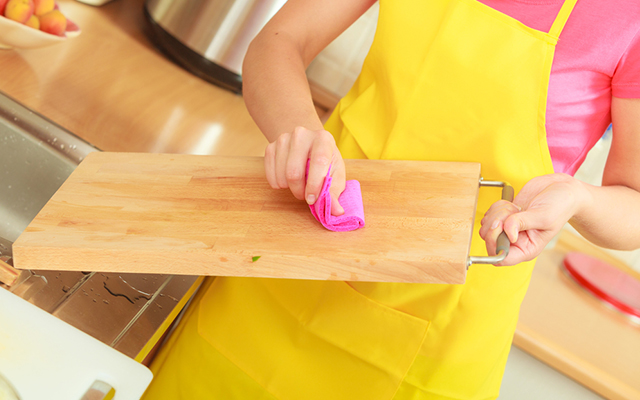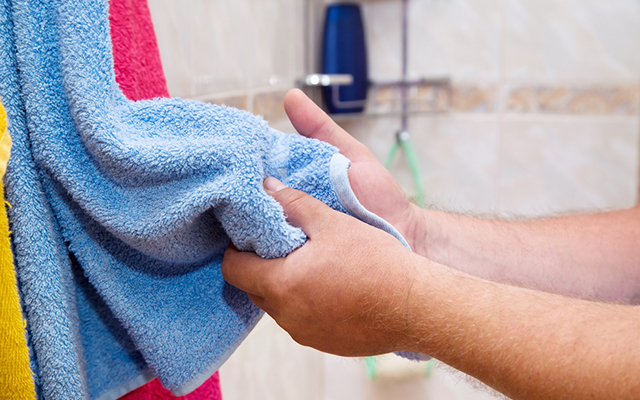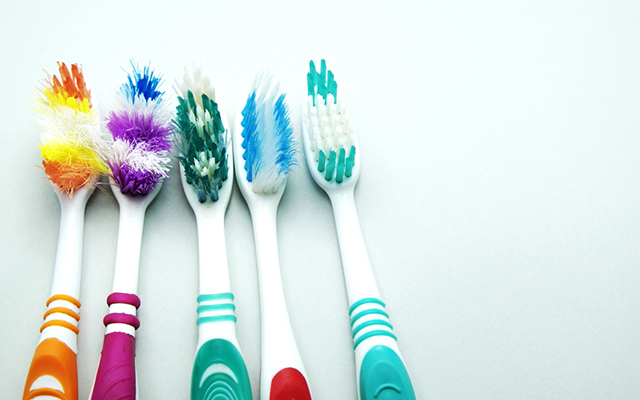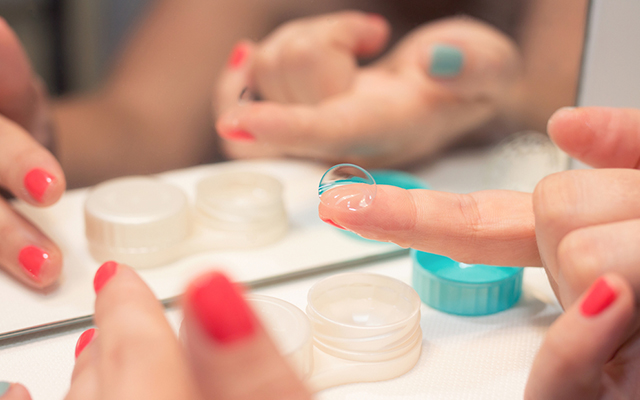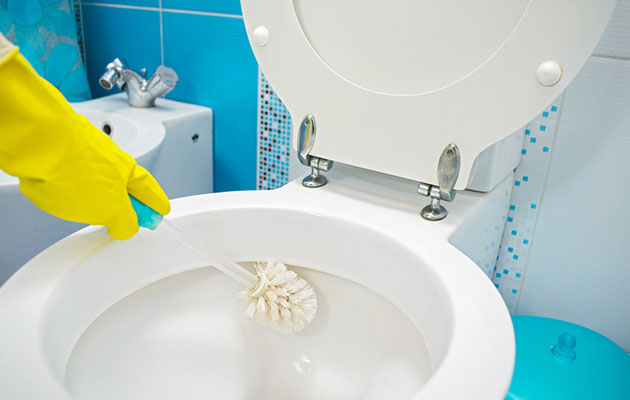About to begin cleaning your home but don’t quite know where to start? It can be a chore as it involves lots of time and determination, to ensure that no areas are overlooked. Additionally, items such as your cutting boards and shaver, are often seen as being clean enough- But how often do you get rid of them? We have listed down 10 surprising things that has a shorter expiry date than you’ve expected.
Sponges
Sponges are used for keeping stoves and cutleries clean, right? Unfortunately that’s not always the case: an old sponge might be spreading more dirt than removing it. In average, there are more than 10 million germs on a sponge per square meter. So, if you use a sponge daily, don’t forget to replace it every week! Also, if you are using the sponge to scrub the toilet, throw it away immediately – don’t be too stingy.
Pillows
A comfortable pillow is necessary for a relaxing sleep. But the following items make it unbearable: loose hair strands, dried skin and sweat that seeps into the pillow. Despite the protection of the pillowcase, this creates a nutritious place for mites. Dispose your pillow at least once every three years. You can extend the lifespan by washing it every three months at 60 degrees in fine washing program.
Cutting boards
Be it wood or plastic – one thing is certain: over time, cutting boards become a large germ battlefield. Meat and vegetable residues will turn mouldy, no matter how well you clean it – it won’t get removed. Although there is no fixed lifespan for cutting boards, deeps cut marks are a good indicator to say goodbye to them.
Dishtowels
Do you dry your hands quickly with the dishtowel and place it back wet? This is how hidden germs are formed! According to a study, 89% of all towels are contaminated with E. coli, causing e.g. gastric diseases. Bacteria can spread perfectly in these cozy cottons due to the high moisture content. So replace your dishtowels once a week and wash it at 60 degrees.
Shaving razor blades
Are you one of those people who store the razor in the shower? Our advice? Don’t do it! The humidity, hair residues and foam makes the environment conducive for the spreading of mold. Replace the blades every two weeks – or earlier when they get rusty or blunt. Our tip: Hang up the shaver on a holder where it is dry, because: no moisture – no germs!
Bar of soap
A bar of soap is a necessity that ensures clean hands? This is not necessary true: germs like to breed on wet environment, such as wet soaps. Even after 48 hours, there are still microorganisms on it, including pathogens. Our advice: Make use of two different bars of soap! While one piece is drying, you can use the other one. When the soaps harden, bacteria have zero chance for reproduction.
Toothbrush
Brushing our teeth three times a day – this simply belongs to our personal hygiene. Unfortunately that does not mean represent cleanliness. A study has shown that millions of bacteria can spread causing gastric diseases, just by the use of one toothbrush alone. Therefore, replace your toothbrush every three months and throw it away immediately after a cold. This is how you prevent a new infection!
Contact lenses case
Do you carefully place your lenses every night before going to sleep thinking they will be clean when you wear them in the day? According to a study, more than half of these examined cases were contaminated with fungi and bacteria. This is because bacteria can survive in the moisturized, contact lenses’ solution, for a long time. This means that bacteria can mature on the lenses and then on the eye. It is therefore important to xxchange the cases every month to ensure a germfree view.
Toilet brush
First thing: there is no determined lifespan of a toilet brush. But you should still change it after six months. Otherwise you might risk spreading bacteria with the used brush instead of scrubbing them away. Our top secret: fill the holder of your toilet brush with a mixture of water and toilet cleaner when it is being stored away. Additionally, the brush cleans your toilet with the cleanser when you use it.
